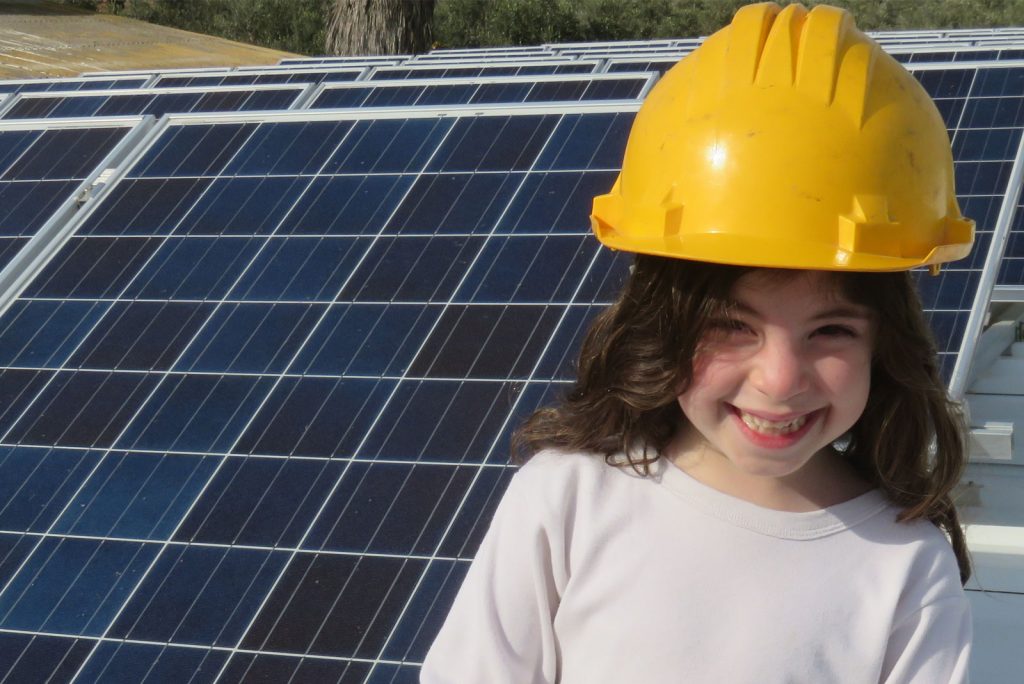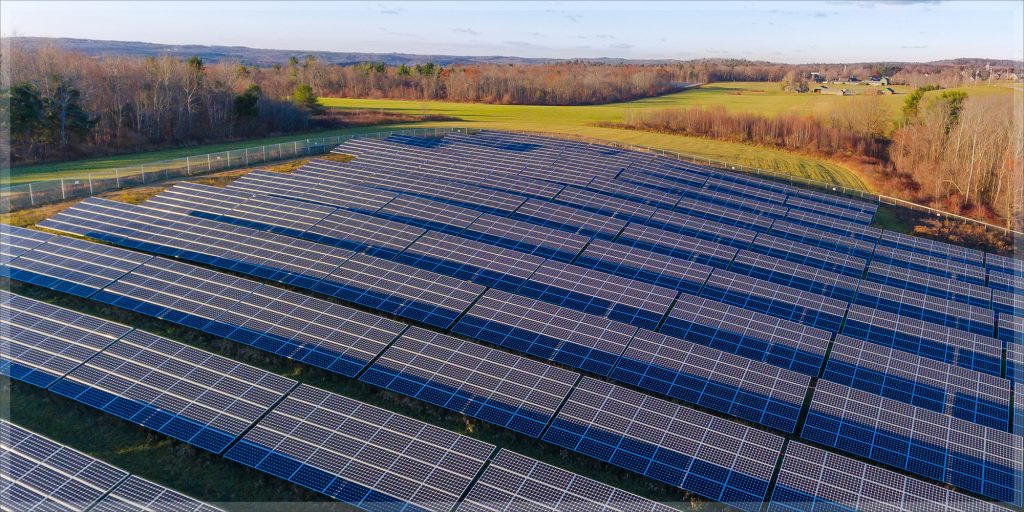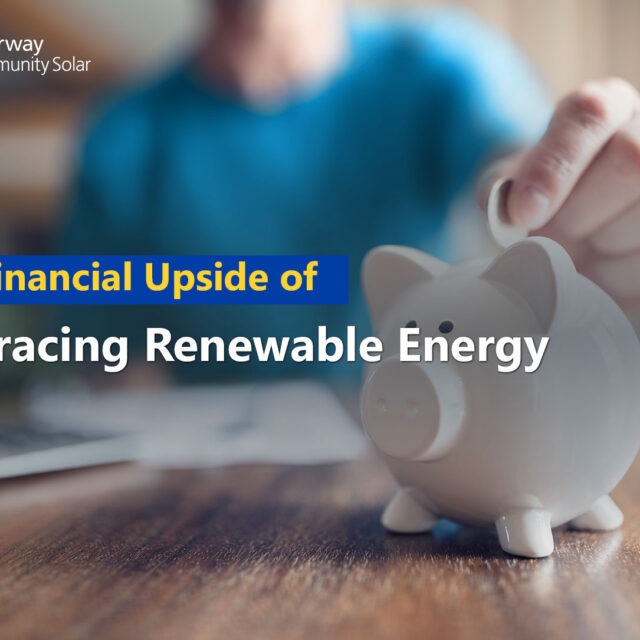
The popularity of community solar continues to grow and will not be slowing down anytime soon. More Americans are interested in exploring cleaner energy solutions to power their homes, businesses and local communities than ever. According to a Deloitte report, the number of community solar projects has increased from two projects to over 100 projects across the nation.[1]
States implementing community solar projects are witnessing the positive effects firsthand. Let’s dive into major ways in which community solar has been impacting local communities.
Land use and job opportunities
Better use of idle land is one of the major ways in which community solar projects can improve a community. Since community-scale solar projects are smaller than utility-scale solar projects, community solar projects can be constructed on rooftops, parking lots, old landfills or land that would be deemed unsuitable for other purposes.[2] One example of this is in East Lansing, Michigan. Planners utilized Burcham Park landfill and BTWL Wise Road Water Treatment Plant to place a community solar farm at each site. Originally, the two locations were costing the community money but now bring in revenue as community solar farms.[3]
Community solar projects also create local job opportunities. In Spencer, a town in Western Massachusetts with a population of 10,000, the Spencer solar project created 150 jobs during the 1-year construction of the farm.

Access for everyone in the community
Another way in which the local community benefits is giving residents the opportunity to participate in a project larger than themselves and work towards a collective goal. While solar energy may appeal to a vast number of people, before community solar projects began, going solar was limited to installing solar panels on your rooftop. With community solar, anyone in the community can participate if interested, without being limited by your roof or home.
At a TEDx event in Edina, Minnesota, there was a presentation on how cities can lead the way to cleaner energy. As you can watch in the YouTube video from the event, former Planning Commission Chair Kevin Staunton of Edina made an analogy between community solar farms and the more common community farms that people are familiar with for growing produce.
What are community farms? A place that we collectively go in our neighborhood to grow things that we cannot grow on our own property. With community solar projects, these are community farms in a sense also, but instead of growing food, we’re going to grow energy. So, instead of panels on my own house, they’ll be panels on a rooftop in the neighborhood.
In his talk, Staunton emphasized that one of the best aspects of community solar is that a person’s roof or home does not limit them from participating. Reasons people may not be able to install solar panels or solar shingles on their roofs often include sunlight/shade limitations, the cost of installation and maintenance, the look, living in a rental unit or building, or homeowner association restrictions.
Community solar: an easy way to better the environment
Community solar is another way to easily contribute to bettering our planet. In fact, it is one of the more hassle-free ways to do so. Why not add “going solar with community solar” to the things you are doing to shape your children’s future?
Today, many of us are already making small contributions to our environment. You may be swapping out your appliances for more energy efficient machines. Perhaps you bought a hybrid car or an electric vehicle. Maybe you donated funds to your homeowner association to plant more trees. Going with community solar is one of the easiest ways to better the environment. For example, an average customer in the first year alone will have helped offset the amount of CO2 comparable to planting 153 trees or not driving a car 14,123 miles[4]. With community solar, you can be happy with your contribution to the environment, without having to change your day to day life.
In Sum…
Community solar development creates local jobs and finds long-term uses of local land assets. Not only that, community solar is a more accessible solar option that makes it easy for everyone to contribute to their communities. Through the power of community solar, local residents have the opportunity to contribute to bettering the world for their children. All around the nation, individuals, families, and companies are finding ways to help their communities advance clean energy development. Community solar is an easy way to start.
[1] Deloitte. Unlocking the value of community solar Utilities find opportunity in the inevitable growth of distributed energy resources.
[2] Clean Power Exchange. The Bright Future of Community-Scale Solar.
[3] American Planning Association’s Planning Magazine. Thurston, Charles W. “Here Comes the Sun”.
[4] Calculations based on estimated production from a 7 kW solar farm allocation with Clearway Community Solar; your solar allocation may differ. For calculations see the EPA Greenhouse Gas Equivalencies Calculator.









